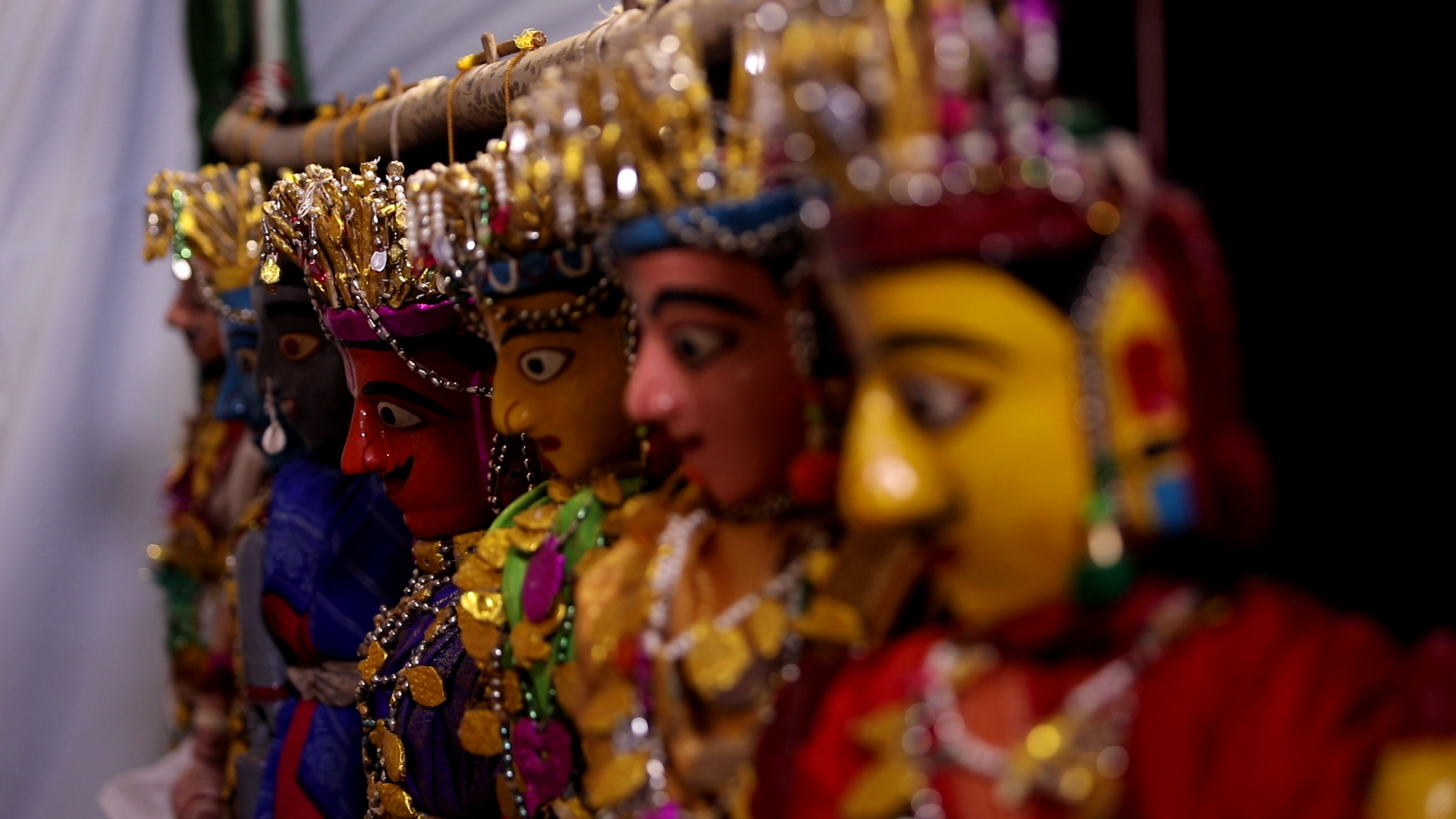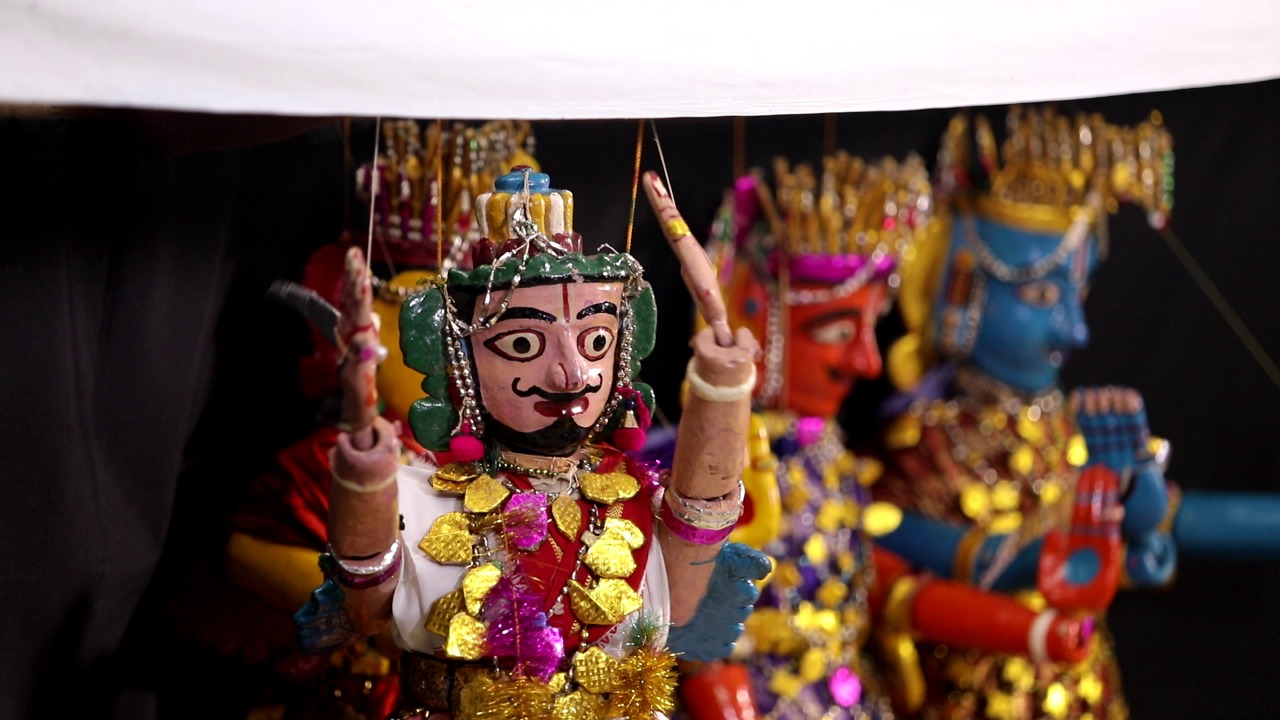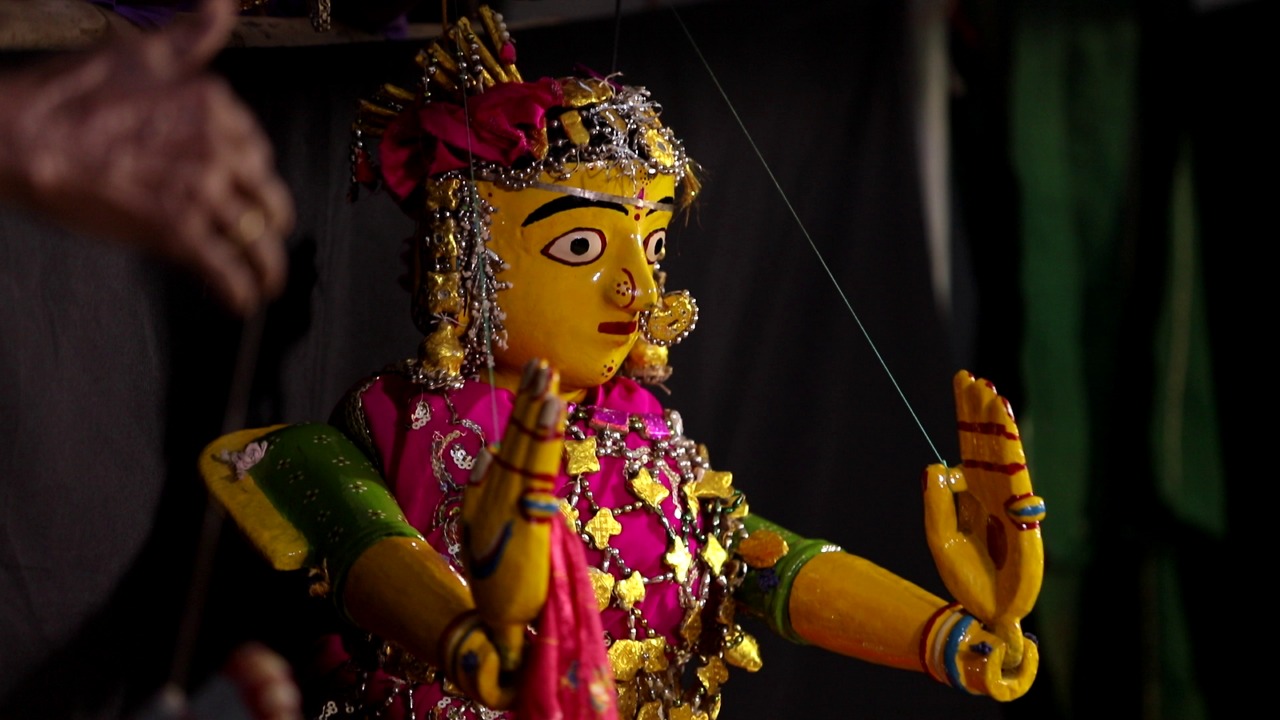Recent Posts
- Chekka Bommalata - the exquisite art form and its dwindling culture
- Phad in the times of Corona - In conversation with a Phad artist
- Folk and Pop Culture
- Bridging Tradition and Modernity | Karmic justice in The Man-Eater of Malgudi: A throwback to the Jataka and Panchatantra tales
- The Exquisite Travelling Temples of Rajasthan - Phad
- Bauls – the bards of Bengal
- Bridging Tradition and Modernity | Mohini-Bhasmasur in Malgudi
- Harikatha: One Tradition, Many Stories
-

Chekka Bommalata - the exquisite art form and its dwindling culture
Isha Bhattacharya
Someone has rightly said that “we are all puppets in the hands of fate and seldom see the strings”. Perhaps, this idea came about from the puppet shows that used to be a prominent source of entertainment before technology took us over. However, the greatest of all ironies ensues when the puppeteers themselves, fall prey to the play of fate. So is the case for most Chekka Bommalata puppeteers or Bommalollus (Telugu for Puppeteers), in the state of Telangana.
Most of us share the tender memories of being enchanted by the puppet shows we watched as we grew up in a culturally rich country like ours, where almost every state has its form of puppetry. Chekka Bommalata, literally meaning Wooden Puppets’ Show, is one such form of wooden-string puppetry from the state of Telangana. It is a rare folk art form that uses life-size puppets made of wood through which the artists entertain and perform stories from Ramayana, Mahabharata, and other folk legends.

From literary and inscriptional sources, it seems that the art form was prevalent from the 11th century. The marionettes are usually made of wood and embellished with colourful dresses. The limbs are flexible and tied with strings, the torso is a single piece but the shoulders and hips are made from two separate parts. Generally, there are no legs or feet. The face, palms and feet of the puppets are coloured only with natural colours. The puppeteer manipulates by body movements to animate the puppet. He sings a variety of songs and recites dialogues as the music plays in the background. Harmonium and tabla are played during the performances. The puppeteers are supposed to maintain the sacredness of the puppets by treating them as God and Goddesses, never touched by feet and offering them vegetarian prasadam.
Once the puppet ceases to be of use, it is submerged into a river, after performing a ritual.Just as, while watching a puppet show, we were unaware of what went on behind the screen as the puppeteers carefully hid behind the curtains. Collectively, we have been equally uninformed about the lives of these puppeteers and the arduous past of their folk art form.
Chekka Bommalata, an ancient art form that once enjoyed the glory days of audiences sitting through eight-hour-long performances, was declared extinct during, what was known as, the ‘Black Period of folk art forms in India’ during 1974 to 1994. Many factors led to the puppeteers abandoning their art form. Primarily, the mistreatment of these artists by Policemen and villagers, for these artists belong to the Beda Budiga Jangama caste who are at the bottom of the social order of caste hierarchy.

They resorted to performing street plays, working as manual labourers and selling snake skin in order to sustain themselves. For twenty long years, the Bommalollus didn’t perform and the puppets were quietly tucked away.
Fortunately, in the year 2001 research scholars re-discovered this art form and tried to bring it back by organising performances and workshops and introducing puppet resource centres.
Slowly, it gained momentum and the puppeteers also felt motivated to start practising their art again.Currently, there are only two troupes that are active and both the troupes are from villages that belong to Warangal district in Telangana. The number of people in the troupes has reduced and so has the hours of the performances. From what used to be an eight-hour-long performance is now narrowed down to a one or two hour-long show.
With the younger generation not taking interest in the art form due to various socio-economic reasons, Chekka Bommalata is again at the brink of extinction. And with the onset of the pandemic, the puppeteers are struggling more than ever, to keep the art form disappearing completely.
But as any great artist and protectors of our oral and cultural heritage, these artists, despite all odds, have chosen to perform and keep their ancestral occupation running, until they die.Last year, Folk Log travelled to Warangal to document the vibrant art of Chekka Bommalata to learn and help preserve this beautiful folk art form.
